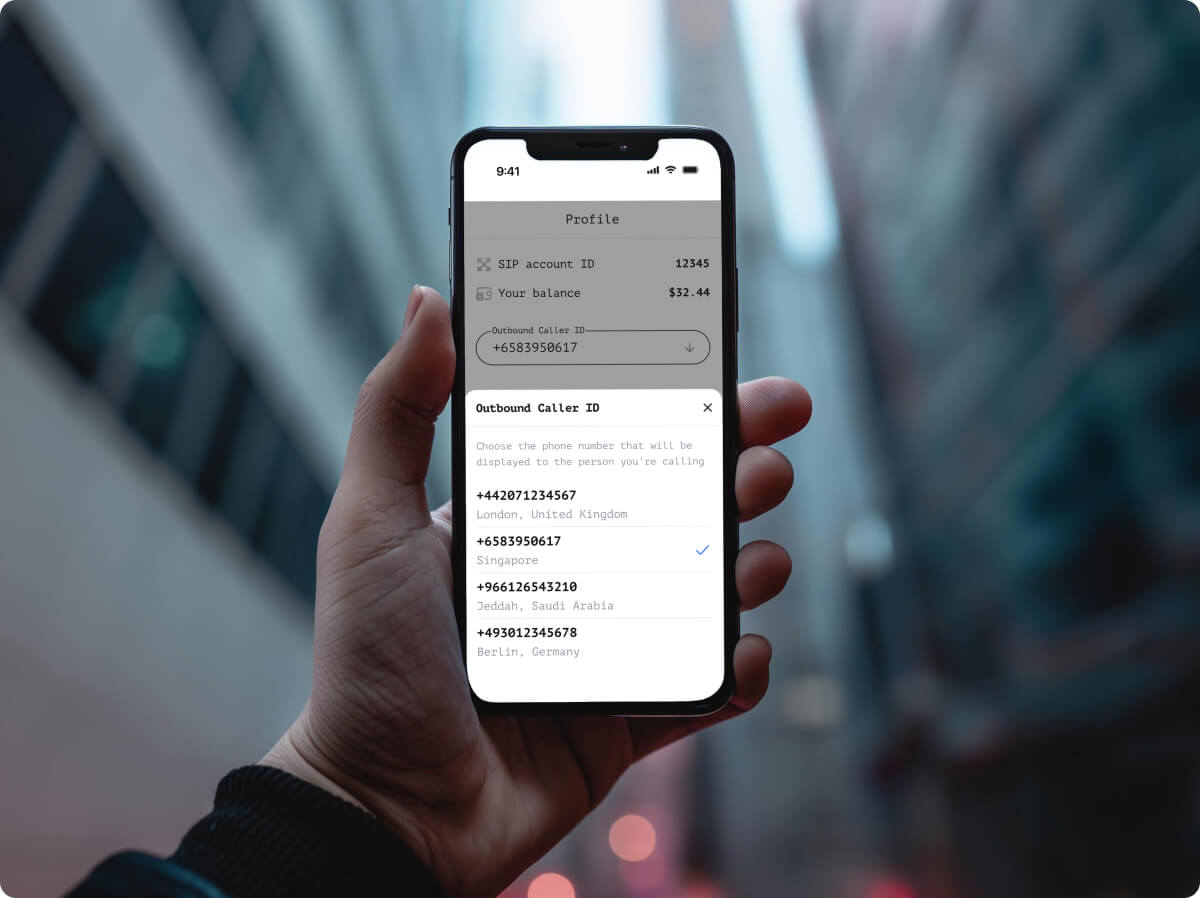
SIP Trunking Solutions for Small Businesses & Startups
| Feature | Legacy Phone Lines | SIP Trunking with DIDlogic |
|---|---|---|
| Monthly Cost | Fixed, high fees per line | Pay-as-you-go pricing |
| Setup Time | Weeks with on-site installation | Cloud setup within hours |
| Call Quality | Analog, often poor | HD digital audio |
| Flexibility | Limited scaling | Add/remove lines instantly |
| Integration | Not supported | Works with cloud & CRM tools |
| Reliability | Local outage risk | Geo-redundant network uptime |
Sign up with DIDlogic to explore SIP trunking and pricing instantly or talk to our sales team for a tailored setup.
How DIDlogic Powers Small Business Communication

Small Business Features That Matter Most
Implementation: Setting Up SIP Trunking for Small Businesses
Compatible PBX, VoIP, or cloud phone system.
Router/firewall configured for SIP traffic.
Configure SIP trunks and test call routing.
Set up automatic failover for continuity.
Integrate SIP with CRM or communication tools.
Access DIDlogic’s technical support anytime.
FAQs
Is SIP trunking cost-effective for very small businesses or startups?
Yes, even with just a few users on your team. SIP eliminates monthly line rental costs that traditional carriers charge, and you get flexible pay-as-you-go pricing instead of being locked into rigid long-term contracts. Startups appreciate not committing to expensive phone systems before they understand their actual growth trajectory or call patterns. You’re paying only for actual usage rather than capacity you might never need or use. The savings add up quickly, especially if you’re making any international calls or running lean on overhead expenses. Many small businesses cut their phone bills by 40% or more after switching.
How many SIP channels does a small business need?
Typically 1 channel per 3–5 employees works well, depending on your actual call volume throughout the day and peak hours. A 10-person team might need just 2–4 channels unless everyone’s constantly on the phone with customers. DIDlogic helps right-size your setup during onboarding so you’re not overpaying for unused capacity that sits idle. You can always add more channels later if business picks up or you launch a busy promotion. Think about your busiest hour, maybe lunch rush or end-of-day, and whether multiple people need to be on calls simultaneously. It’s better to start conservative and scale up.
Can SIP trunking integrate with cloud tools like Teams or Zoom?
Yes, DIDlogic supports direct integration with popular UCaaS platforms for seamless communication across your entire team. Teams and Zoom become your actual phone system, not just video conferencing tools you use occasionally. Employees can make external calls right from the apps they already use daily without switching between programs. This matters for small teams where nobody wants to juggle multiple communication platforms or learn new software. The integration is straightforward and doesn’t require deep technical knowledge. You avoid training headaches since everyone already knows how to use Teams or Zoom from meetings and collaboration work.
What happens if the internet goes down?
Failover routing automatically sends calls to backup numbers you’ve configured in advance, ensuring you never miss a customer inquiry, order, or support request. Most small businesses redirect to a mobile phone or the owner’s cell during outages, which happens faster than you’d think. The switchover happens within seconds, so callers don’t even realize something went wrong on your end of the line. Obviously, reliable internet is your first line of defense and what you should invest in primarily. But failover gives you genuine peace of mind during those rare disruptions. Missing calls means losing money, especially when you’re still building your customer base.
Is SIP trunking secure enough for handling customer and payment data?
Absolutely. DIDlogic provides encrypted connections and fraud detection, meeting PCI and GDPR requirements that protect both you and your customers from data breaches. The voice data travels encrypted using modern protocols, making interception extremely difficult for anyone trying to steal credit card numbers or personal information. Fraud monitoring watches for suspicious calling patterns, like unexpected international calls, before they become expensive problems on your monthly bill. For small businesses handling orders over the phone or discussing sensitive client details, this security layer is genuinely essential. You’re getting enterprise-level protection without enterprise-level complexity, cost, or IT staff requirements.
Do I need new hardware to use SIP trunking?
Not necessarily, DIDlogic works with your existing PBX or VoIP-enabled phones, so no major upgrades are required in most cases for basic setup. If you have older analog phones collecting dust, you might need an inexpensive adapter to bridge them, but that’s usually under $100. Many small businesses skip desk phones entirely and just use softphones on computers or mobile apps instead, which works surprisingly well. The setup is simpler than you’d expect, especially compared to traditional phone system installations that required technicians and messy wiring work throughout your office. You’re mostly working with software configuration rather than hardware replacement or construction.










